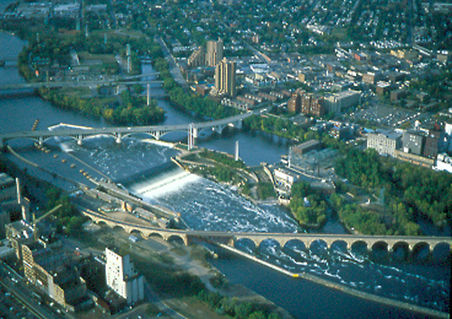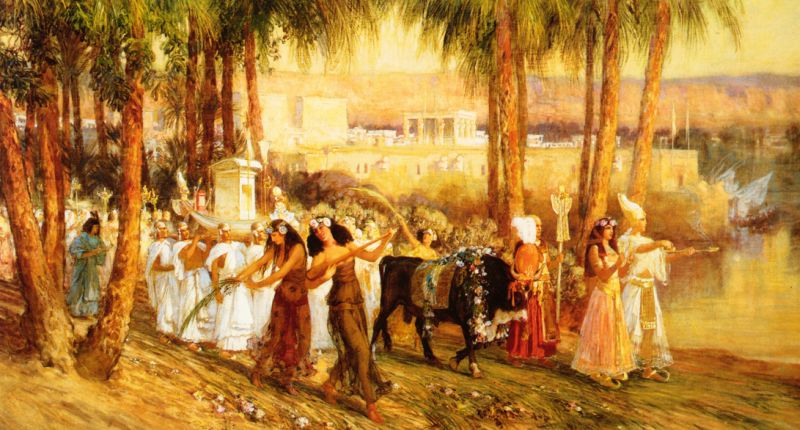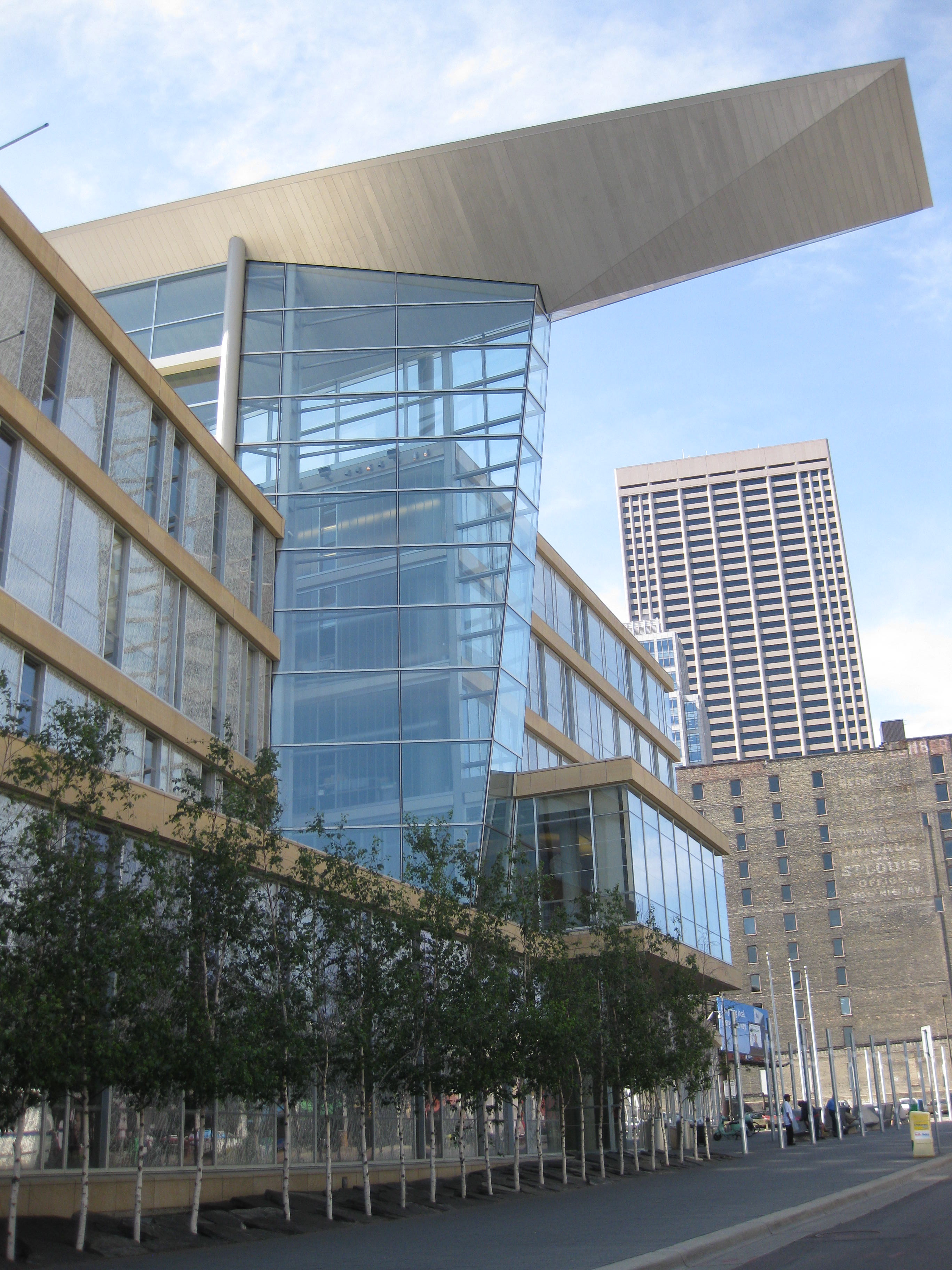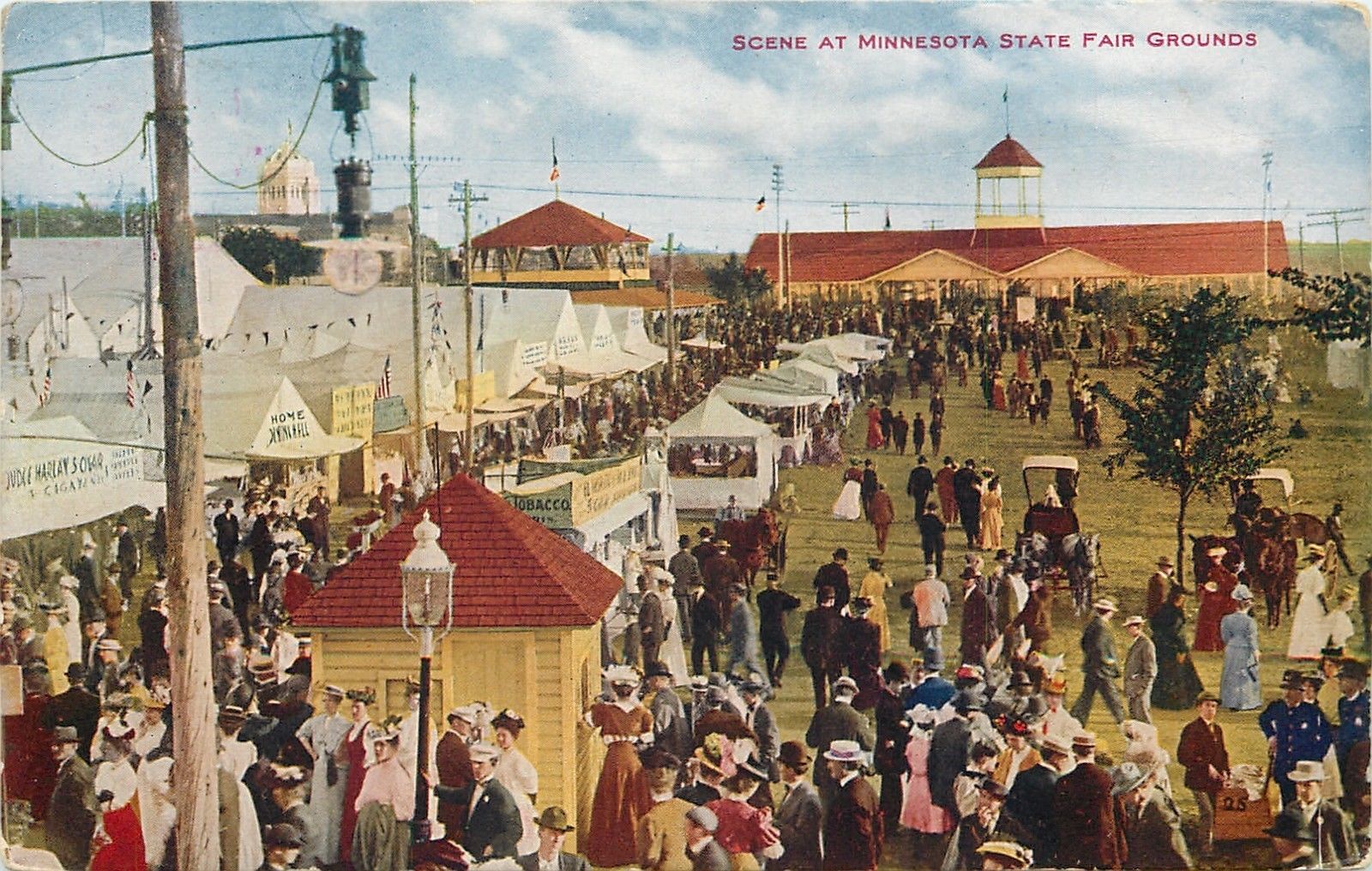|
King's Fair (Minneapolis)
King's Fair, a precursor to the Minnesota State Fair, was held in South Minneapolis from 1877 through 1882. Since 1979 the name has also been used for a biennial gathering in the Seward neighborhood.King's Fair, Minneapolis ''placeography.org''. Retrieved: February 11, 2013. The 19th century fairgrounds ran from 24th Avenue in the west to 30th Avenue in the east and from Franklin Avenue in the north to 24th Street in the south. They included a racetrack, amphitheater and exhibition halls for agriculture and industry. Two highlights of the fair were an 1878 appearance by President and the 1881 ascent of a hot-air balloon en route ... [...More Info...] [...Related Items...] OR: [Wikipedia] [Google] [Baidu] |
King's Fair
King's Fair, a precursor to the Minnesota State Fair, was held in South Minneapolis from 1877 through 1882. Since 1979 the name has also been used for a biennial gathering in the Seward neighborhood.King's Fair, Minneapolis ''placeography.org''. Retrieved: February 11, 2013. The 19th century fairgrounds ran from 24th Avenue in the west to 30th Avenue in the east and from Franklin Avenue in the north to 24th Street in the south. They included a racetrack, amphitheater and exhibition halls for agriculture and industry. Two highlights of the fair were an 1878 appearance by President Rutherford B. Hayes and the 1881 ascent of a hot-air balloon en route to the |
Minnesota
Minnesota () is a state in the upper midwestern region of the United States. It is the 12th largest U.S. state in area and the 22nd most populous, with over 5.75 million residents. Minnesota is home to western prairies, now given over to intensive agriculture; deciduous forests in the southeast, now partially cleared, farmed, and settled; and the less populated North Woods, used for mining, forestry, and recreation. Roughly a third of the state is covered in forests, and it is known as the "Land of 10,000 Lakes" for having over 14,000 bodies of fresh water of at least ten acres. More than 60% of Minnesotans live in the Minneapolis–Saint Paul metropolitan area, known as the "Twin Cities", the state's main political, economic, and cultural hub. With a population of about 3.7 million, the Twin Cities is the 16th largest metropolitan area in the U.S. Other minor metropolitan and micropolitan statistical areas in the state include Duluth, Mankato, Moorhead, Rochester, and ... [...More Info...] [...Related Items...] OR: [Wikipedia] [Google] [Baidu] |
Festivals Established In 1979
A festival is an event ordinarily celebrated by a community and centering on some characteristic aspect or aspects of that community and its religion or cultures. It is often marked as a local or national holiday, Melā, mela, or Muslim holidays, eid. A festival constitutes typical cases of glocalization, as well as the high culture-low culture interrelationship. Next to religion and folklore, a significant origin is agriculture, agricultural. Food is such a vital resource that many festivals are associated with harvest time. Religious commemoration and thanksgiving for good harvests are blended in events that take place in autumn, such as Halloween in the northern hemisphere and Easter in the southern. Festivals often serve to fulfill specific communal purposes, especially in regard to commemoration or thanking to the gods, goddesses or saints: they are called patronal festivals. They may also provide entertainment, which was particularly important to local communities before ... [...More Info...] [...Related Items...] OR: [Wikipedia] [Google] [Baidu] |
History Of Minneapolis
Minneapolis is the largest city by population in the U.S. state of Minnesota, and the county seat of Hennepin County. The origin and growth of the city was spurred by the proximity of Fort Snelling, the first major United States military presence in the area, and by its location on Saint Anthony Falls, which provided power for sawmills and flour mills. Fort Snelling was established in 1819, at the confluence of the Mississippi and Minnesota rivers, and soldiers began using the falls for waterpower. When land became available for settlement, two towns were founded on either side of the falls: Saint Anthony, on the east side, and Minneapolis, on the west side. The two towns later merged into one city in 1872. Early development focused on sawmills, but flour mills eventually became the dominant industry. This industrial development fueled the development of railroads and banks, as well as the foundation of the Minneapolis Grain Exchange. Through innovations in milling techniques, Min ... [...More Info...] [...Related Items...] OR: [Wikipedia] [Google] [Baidu] |
Festivals In Minnesota
A festival is an event ordinarily celebrated by a community and centering on some characteristic aspect or aspects of that community and its religion or cultures. It is often marked as a local or national holiday, mela, or eid. A festival constitutes typical cases of glocalization, as well as the high culture-low culture interrelationship. Next to religion and folklore, a significant origin is agricultural. Food is such a vital resource that many festivals are associated with harvest time. Religious commemoration and thanksgiving for good harvests are blended in events that take place in autumn, such as Halloween in the northern hemisphere and Easter in the southern. Festivals often serve to fulfill specific communal purposes, especially in regard to commemoration or thanking to the gods, goddesses or saints: they are called patronal festivals. They may also provide entertainment, which was particularly important to local communities before the advent of mass-produced enter ... [...More Info...] [...Related Items...] OR: [Wikipedia] [Google] [Baidu] |
Library Of Congress
The Library of Congress (LOC) is the research library that officially serves the United States Congress and is the ''de facto'' national library of the United States. It is the oldest federal cultural institution in the country. The library is housed in three buildings on Capitol Hill in Washington, D.C.; it also maintains a conservation center in Culpeper, Virginia. The library's functions are overseen by the Librarian of Congress, and its buildings are maintained by the Architect of the Capitol. The Library of Congress is one of the largest libraries in the world. Its "collections are universal, not limited by subject, format, or national boundary, and include research materials from all parts of the world and in more than 470 languages." Congress moved to Washington, D.C., in 1800 after holding sessions for eleven years in the temporary national capitals in New York City and Philadelphia. In both cities, members of the U.S. Congress had access to the sizable collection ... [...More Info...] [...Related Items...] OR: [Wikipedia] [Google] [Baidu] |
Minnesota Historical Society
The Minnesota Historical Society (MNHS) is a nonprofit educational and cultural institution dedicated to preserving the history of the U.S. state of Minnesota. It was founded by the territorial legislature in 1849, almost a decade before statehood. The Society is named in the Minnesota Constitution. It is headquartered in the Minnesota History Center in downtown Saint Paul. Although its focus is on Minnesota history it is not constrained by it. Its work on the North American fur trade has been recognized in Canada as well. MNHS holds a collection of nearly 550,000 books, 37,000 maps, 250,000 photographs, 225,000 historical artifacts, 950,000 archaeological items, of manuscripts, of government records, 5,500 paintings, prints and drawings; and 1,300 moving image items. ''MNopedia: The Minnesota Encyclopedia'', is since 2011 an online "resource for reliable information about significant people, places, events, and things in Minnesota history", that is funded through a Legacy A ... [...More Info...] [...Related Items...] OR: [Wikipedia] [Google] [Baidu] |
Hennepin County Library
Hennepin County Library is a public library system serving Hennepin County, Minnesota, US. The current iteration of Hennepin County Library was formed by the merger of urban Minneapolis Public Library and suburban Hennepin County Library on January 1, 2008. The system has 41 library locations, deposit collections at nursing homes and correctional facilities, mail service to the homebound, and extensive outreach services. The library is a department of Hennepin County Government. The library headquarters are in the Ridgedale Library in suburban Minnetonka. The library system has an eleven-member advisory Library Board appointed by the Hennepin County Board of Commissioners. It is a member of the Metropolitan Library Service Agency, a consortium of eight Twin Cities library systems. History Minneapolis Public Library was founded in 1885 with the establishment of the Minneapolis Public Library Board by an amendment of the Minneapolis city charter. Minneapolis Public Library's f ... [...More Info...] [...Related Items...] OR: [Wikipedia] [Google] [Baidu] |
Lyndale Avenue
Lyndale Avenue is a major street in the U.S. state of Minnesota that traverses the cities of Minneapolis, Brooklyn Center, Richfield, and Bloomington. A noncontiguous portion also exists in Faribault, part of Highway 21. There are several commercial districts along the street, including Lyn-Lake in South Minneapolis, Shops at Lyndale in Richfield, and the Oxboro area in Bloomington. Portions of both Interstate 94 and Interstate 35 run on the right-of-way of Lyndale Avenue. Route description In Faribault, Lyndale Avenue is a divided four-lane highway with a 45 mph speed limit. Between Faribault and the Minnesota River, Lyndale Avenue has been replaced by Interstate 35. North of the river, the old Lyndale Avenue resumes in Bloomington. At the south edge of Bloomington, it is a 2-lane road, until 106th Street West. Through most of Bloomington and Richfield, it is an undivided four-lane city street. There are major commercial districts at 98th Street, American Boulevard, ... [...More Info...] [...Related Items...] OR: [Wikipedia] [Google] [Baidu] |
Minnesota State Fair
The Minnesota State Fair is the state fair of the U.S. state of Minnesota. Also known by its slogan, "The Great Minnesota Get-Together", it is the largest state fair in the United States by average daily attendance and the second-largest state fair in the United States by total attendance, trailing only the State Fair of Texas, which generally runs twice as long as the Minnesota State Fair. The state fairgrounds, adjacent the Saint Paul campus of the University of Minnesota, are in Falcon Heights, Minnesota, midway between the state's capital city of Saint Paul and the adjacent city of Roseville, near the Como Park and Saint Anthony Park neighborhoods of Saint Paul. Residents of the state and region come to the fair to be entertained, exhibit their best livestock, show off their abilities in a variety of fields including art and cooking, learn about new products and services, and eat many different types of food—often on a stick. The Minnesota State Fair was named the best ... [...More Info...] [...Related Items...] OR: [Wikipedia] [Google] [Baidu] |
William S
William is a male given name of Germanic origin.Hanks, Hardcastle and Hodges, ''Oxford Dictionary of First Names'', Oxford University Press, 2nd edition, , p. 276. It became very popular in the English language after the Norman conquest of England in 1066,All Things William"Meaning & Origin of the Name"/ref> and remained so throughout the Middle Ages and into the modern era. It is sometimes abbreviated "Wm." Shortened familiar versions in English include Will, Wills, Willy, Willie, Bill, and Billy. A common Irish form is Liam. Scottish diminutives include Wull, Willie or Wullie (as in Oor Wullie or the play ''Douglas''). Female forms are Willa, Willemina, Wilma and Wilhelmina. Etymology William is related to the given name ''Wilhelm'' (cf. Proto-Germanic ᚹᛁᛚᛃᚨᚺᛖᛚᛗᚨᛉ, ''*Wiljahelmaz'' > German ''Wilhelm'' and Old Norse ᚢᛁᛚᛋᛅᚼᛅᛚᛘᛅᛋ, ''Vilhjálmr''). By regular sound changes, the native, inherited English form of the name shoul ... [...More Info...] [...Related Items...] OR: [Wikipedia] [Google] [Baidu] |
Ramsey County, Minnesota
Ramsey County is a county located in the U.S. state of Minnesota. As of the 2020 census, the population was 552,352, making it the second-most populous county in Minnesota. Its county seat and largest city is Saint Paul, the state capital and the twin city of Minneapolis. The county was founded in 1849 and is named for Alexander Ramsey, the first governor of the Minnesota Territory. Ramsey County is included in the Minneapolis–Saint Paul- Bloomington, MN- WI Metropolitan Statistical Area. It is the smallest and most densely populated county in Minnesota, as well as one of the most densely populated counties in the United States. History With the establishment of the Minnesota Territory in 1849, nine counties, including Ramsey County, were created. In 1849, Ramsey County included all of what later became the present-day counties of Ramsey, Anoka, Isanti, and Kanabec; and part of Washington, Pine, Carlton, Aitkin, Mille Lacs, and Hennepin. One of Ramsey County's early settlers ... [...More Info...] [...Related Items...] OR: [Wikipedia] [Google] [Baidu] |







